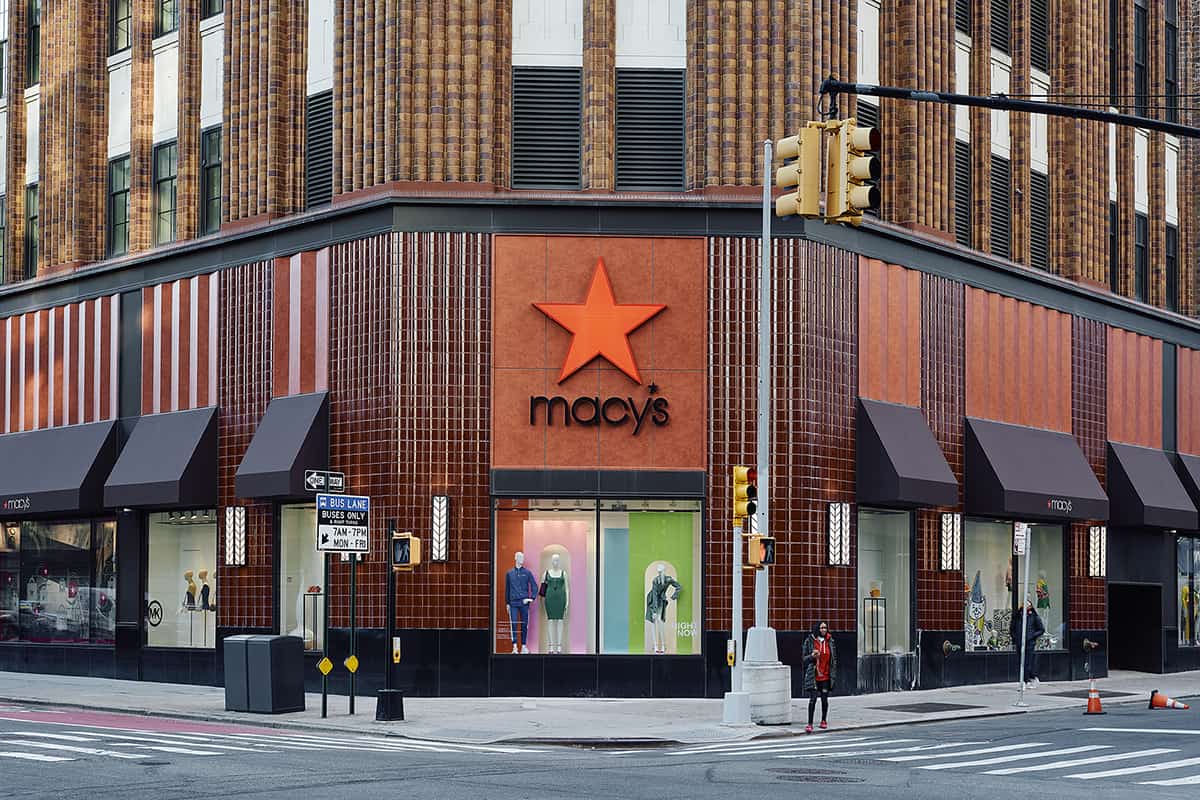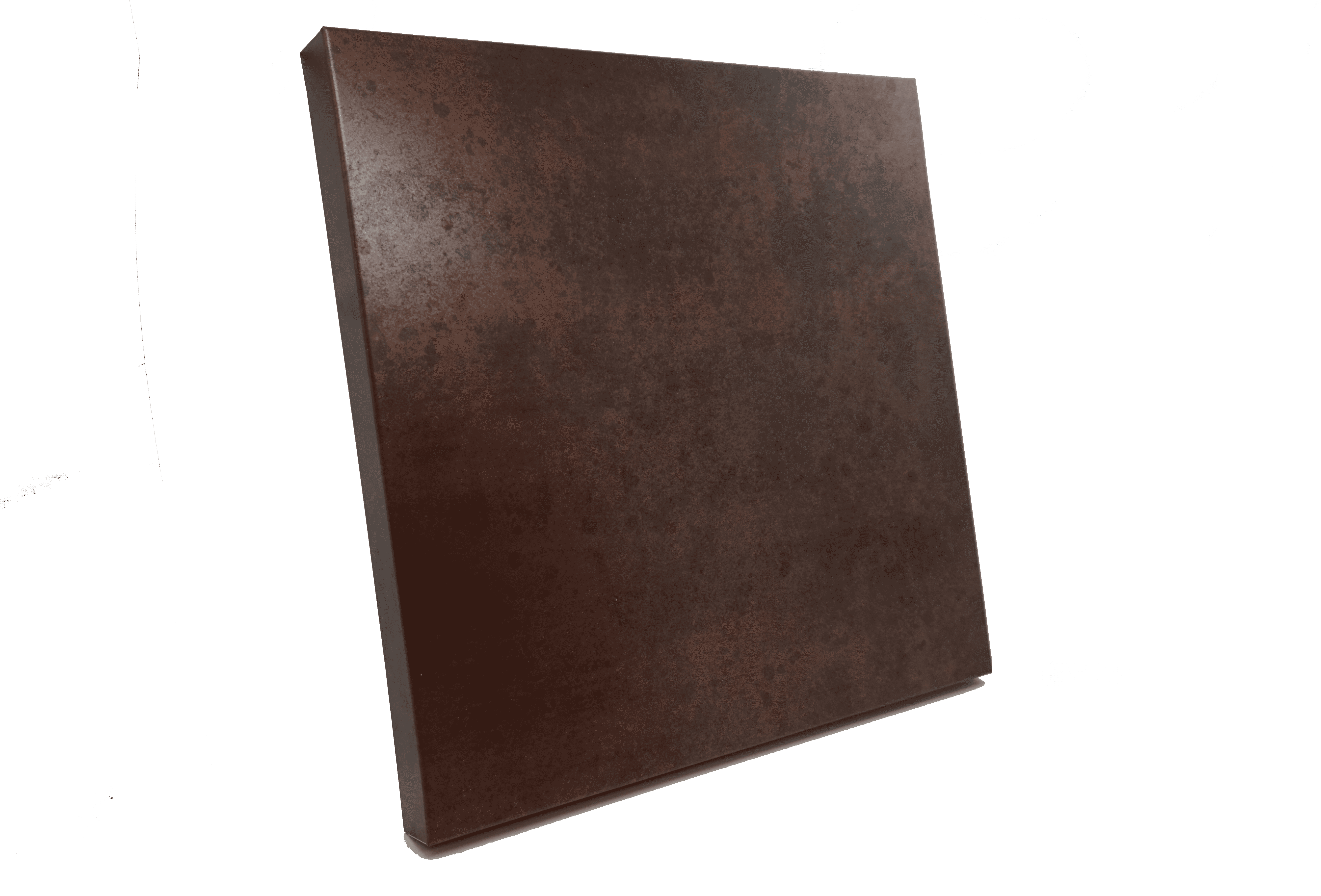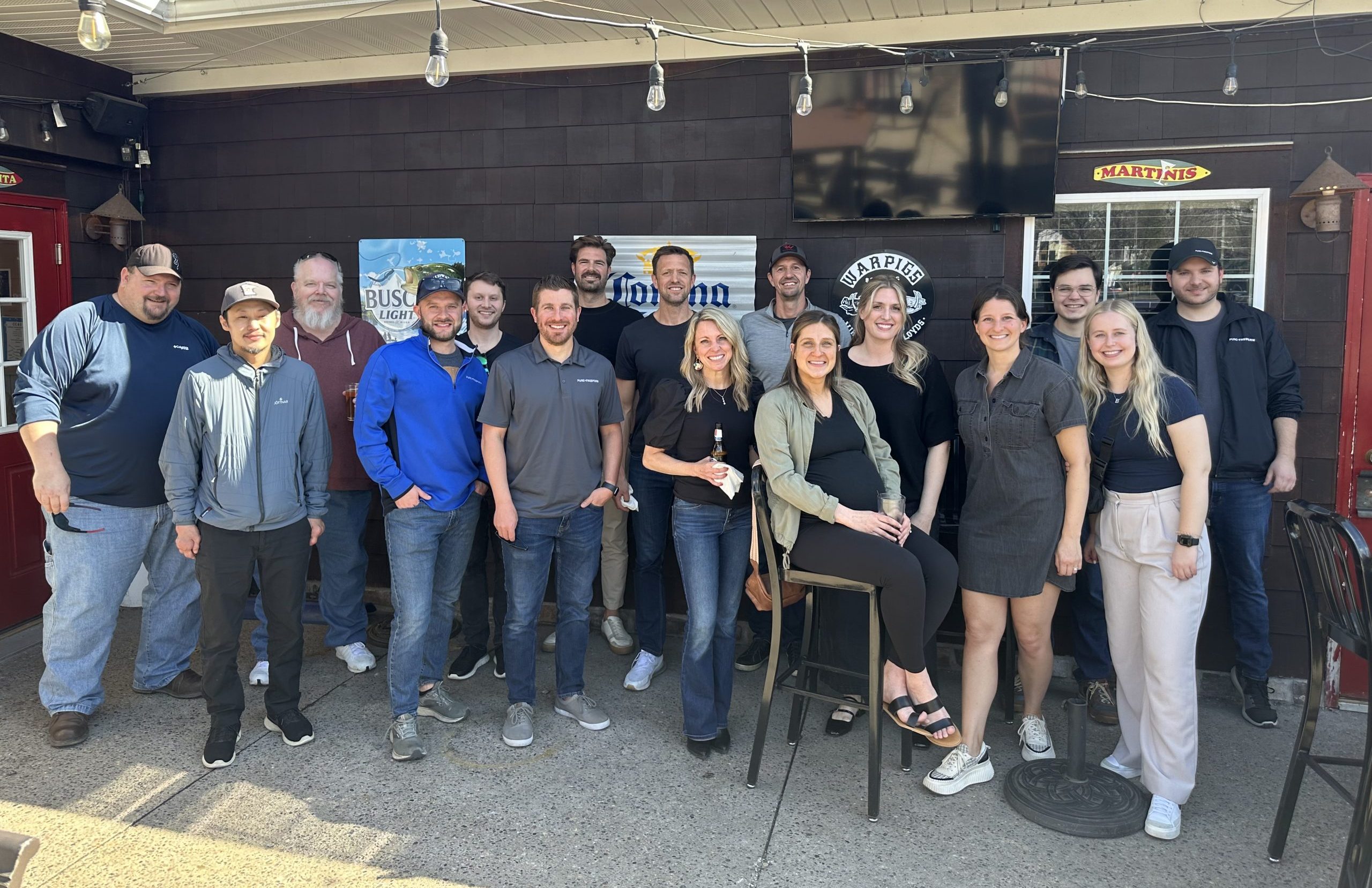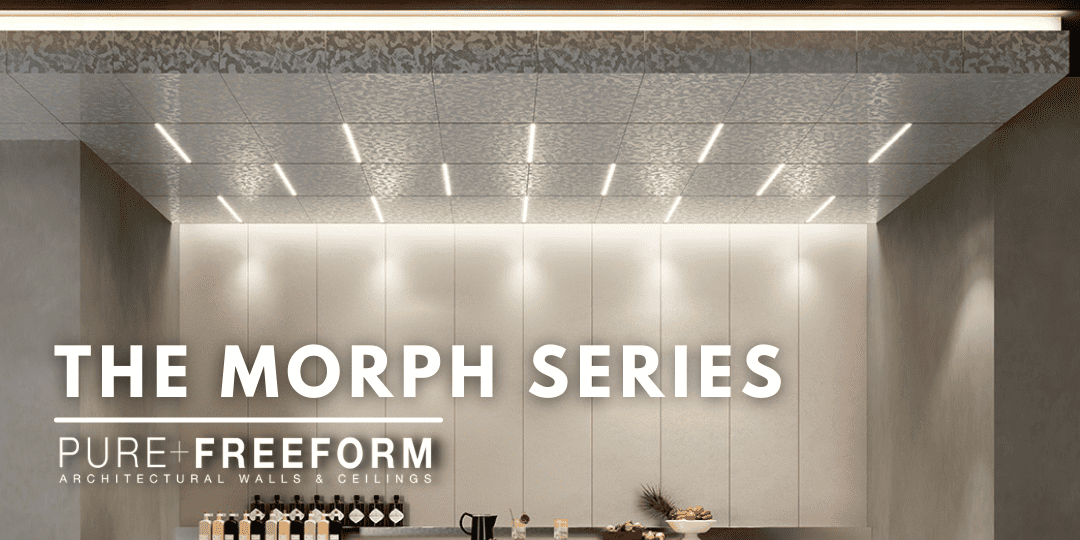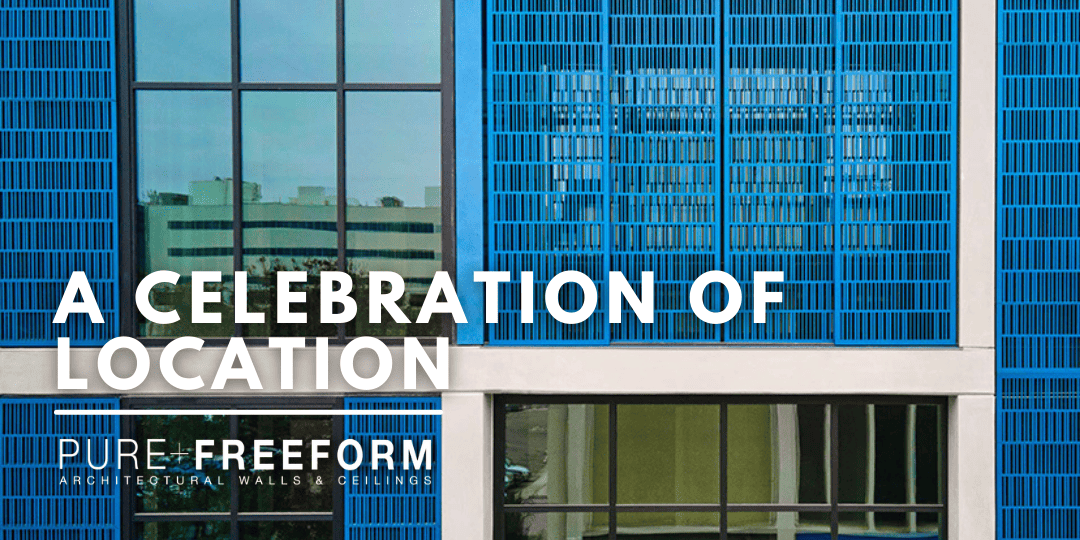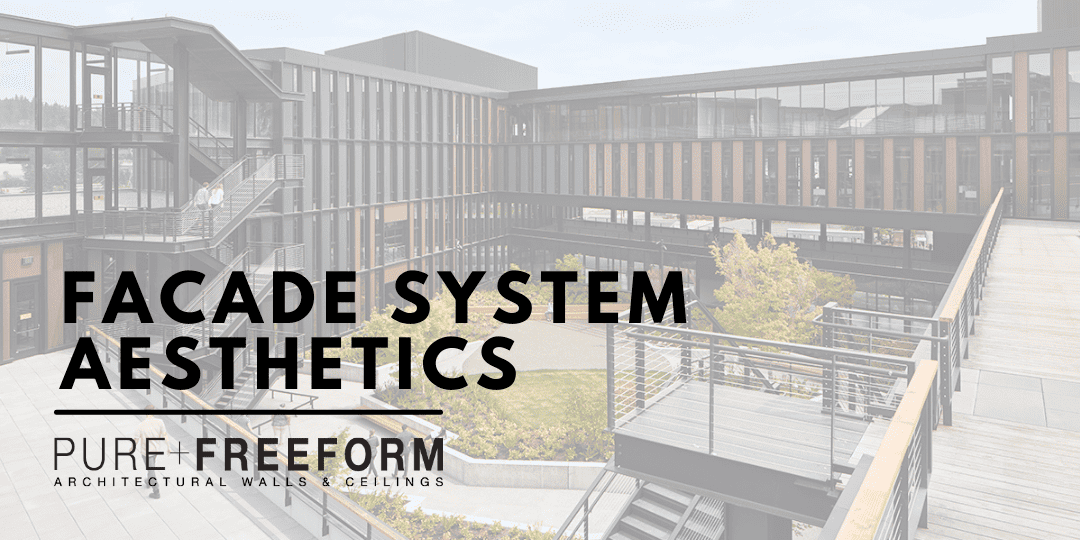
Façade Systems Simplified
From finishes to fabrication, there’s a lot to understand with exterior rain screen systems. With all Pure + FreeForm systems offering the same performance benefits – AAMA 2605 Superior Exterior Durability, Class A Fire Rating, VOC and Red List Free – the choice is left down to aesthetics and design intent. Below, we’ve broken down the key design elements of some industry standard facade systems every architect should know.
Corrugated
A great way to add physical texture inexpensively to surfaces, in either standard or custom Shark Fin, Box Rib, or Zig Zag profiles. Pictured: Mount Si High School, Canopy by Hilton
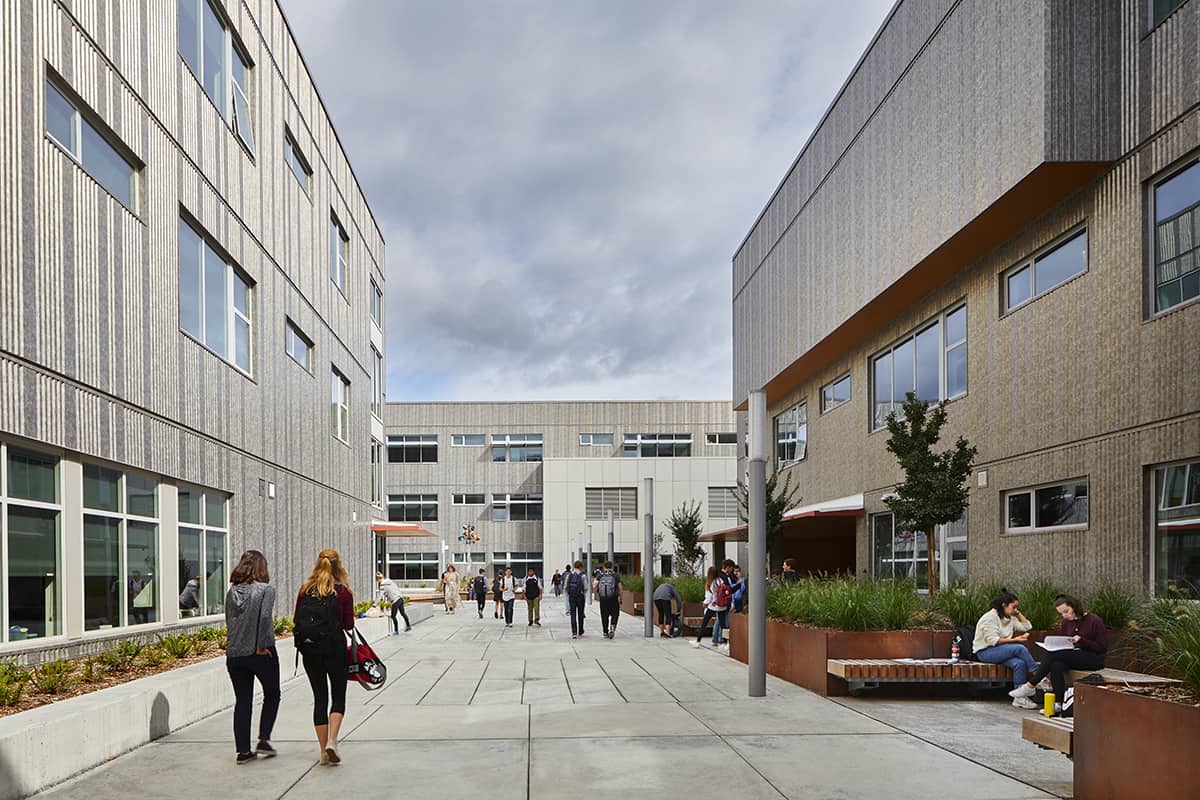
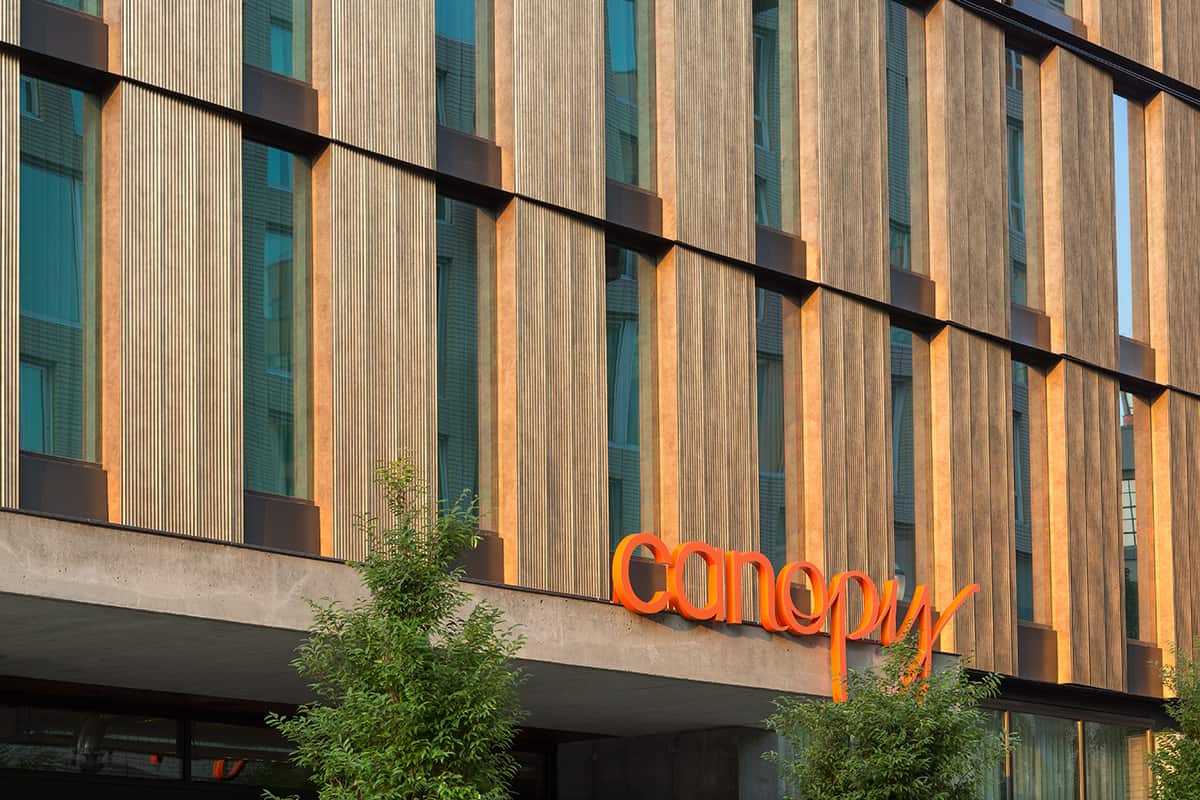
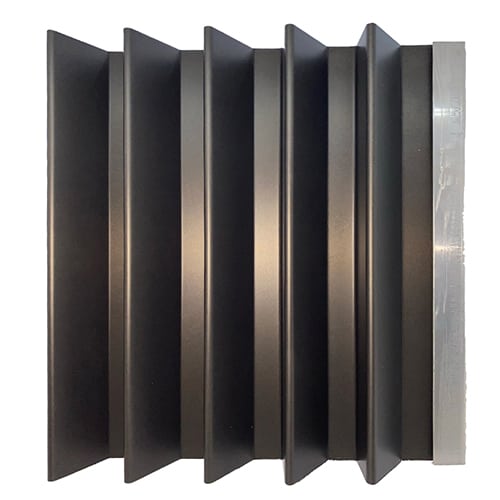
Flat Lock
A hook seam system that is wind resistant in a shingle-style panel offering more relief in the reveals, giving it the ability to create shadows. The angled position of the panels allows light to reflect at various angles, ideal for finishes with depth. Pictured: Winona State University, Bemidji State University

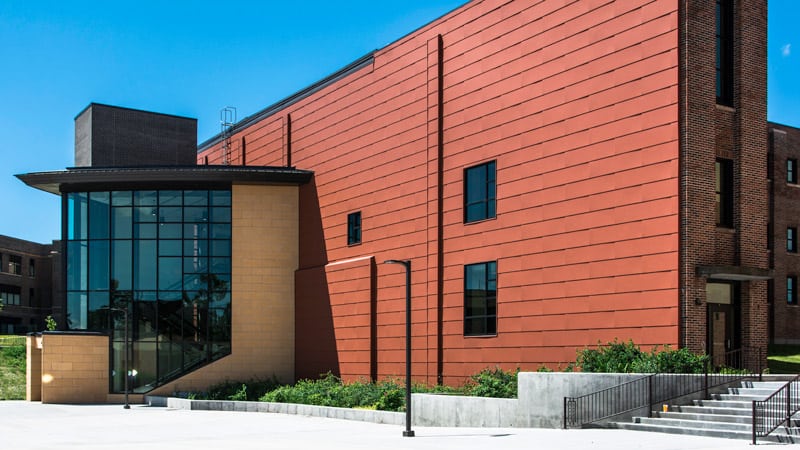
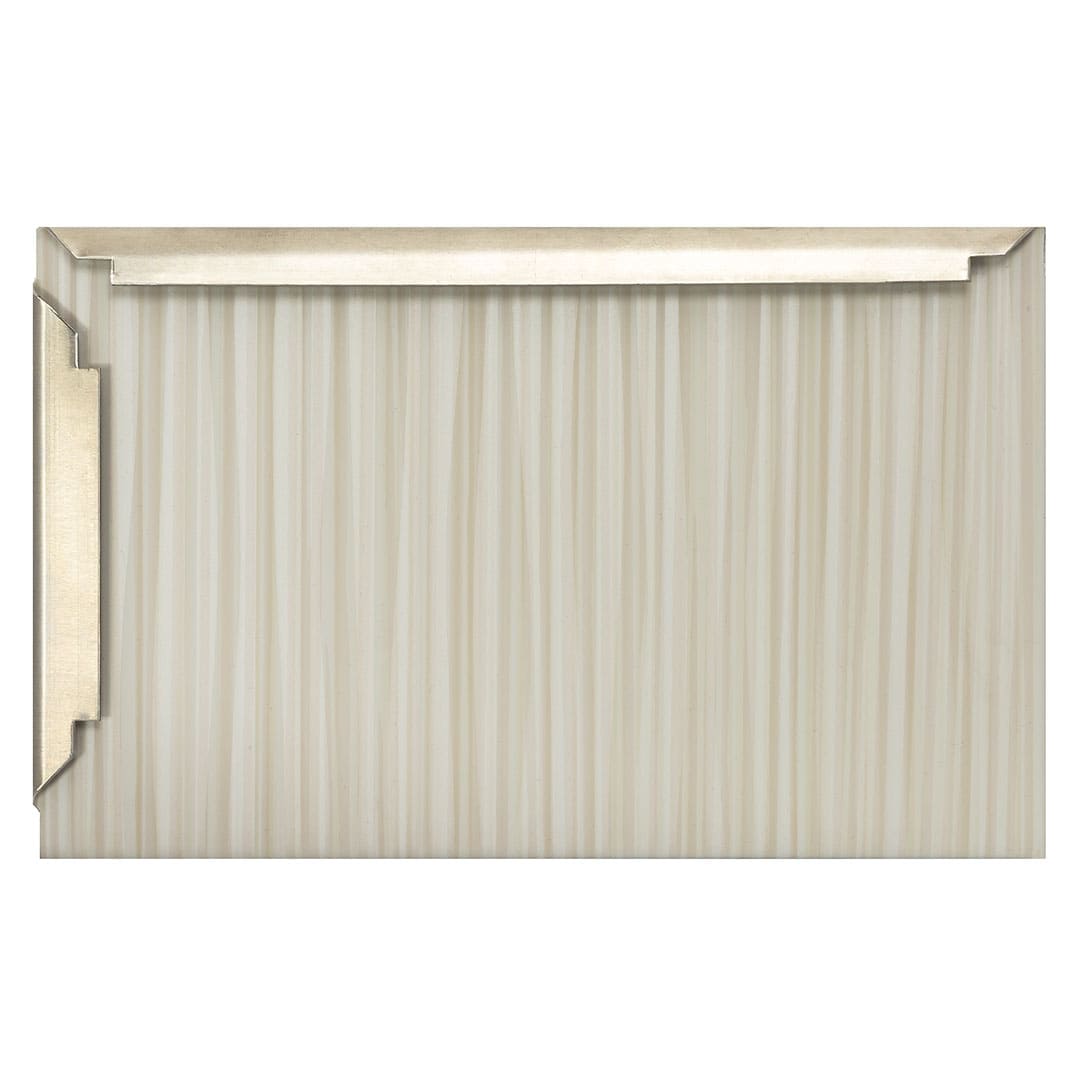
Flush Reveal
A cut to fit system that offers minimal appearance to the joints between panels. This industry standard system is inexpensive to install for designs looking to achieve a flat surface, with additional options to offset panels to create depth. Pictured: Pitkin County Library, Columbus Metropolitan Library
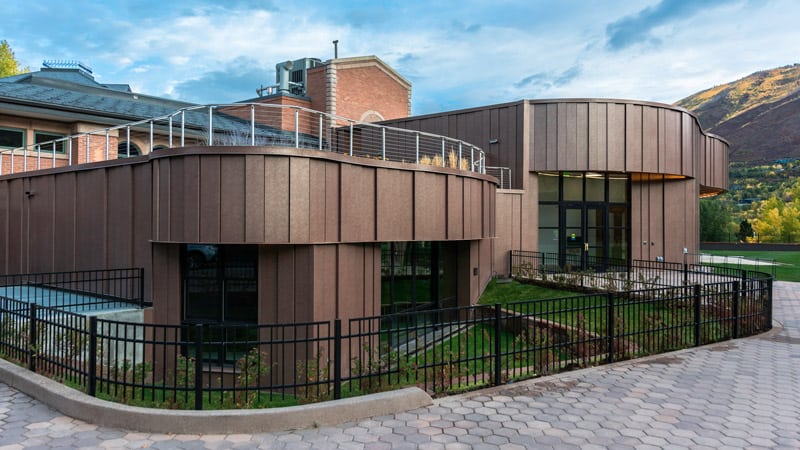
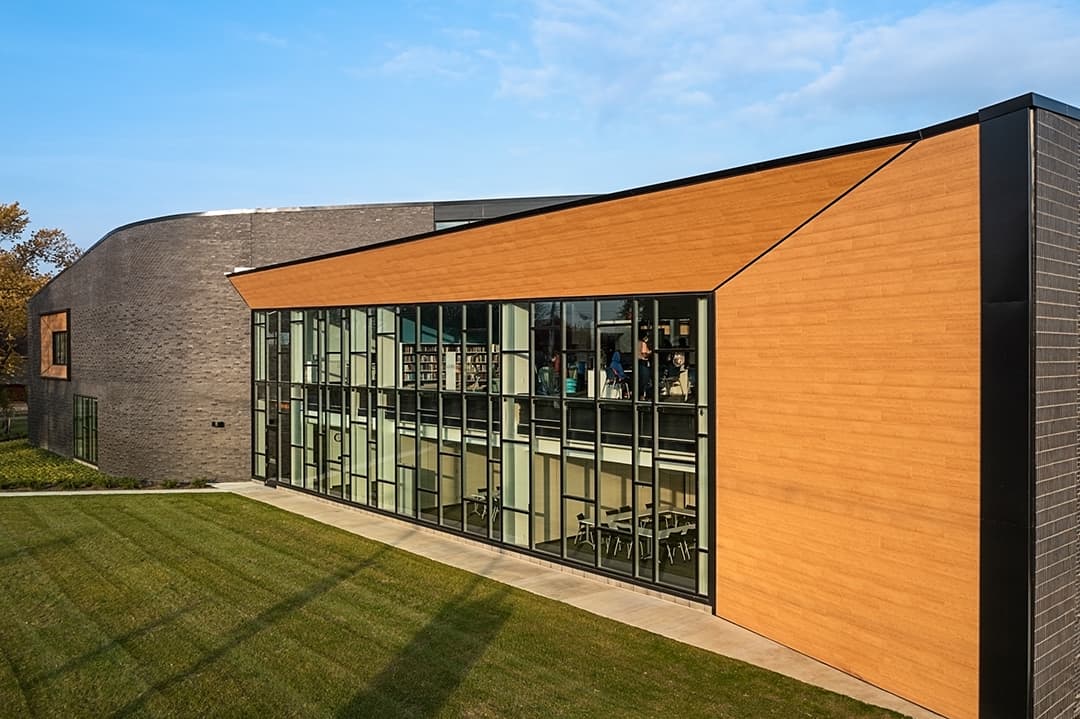
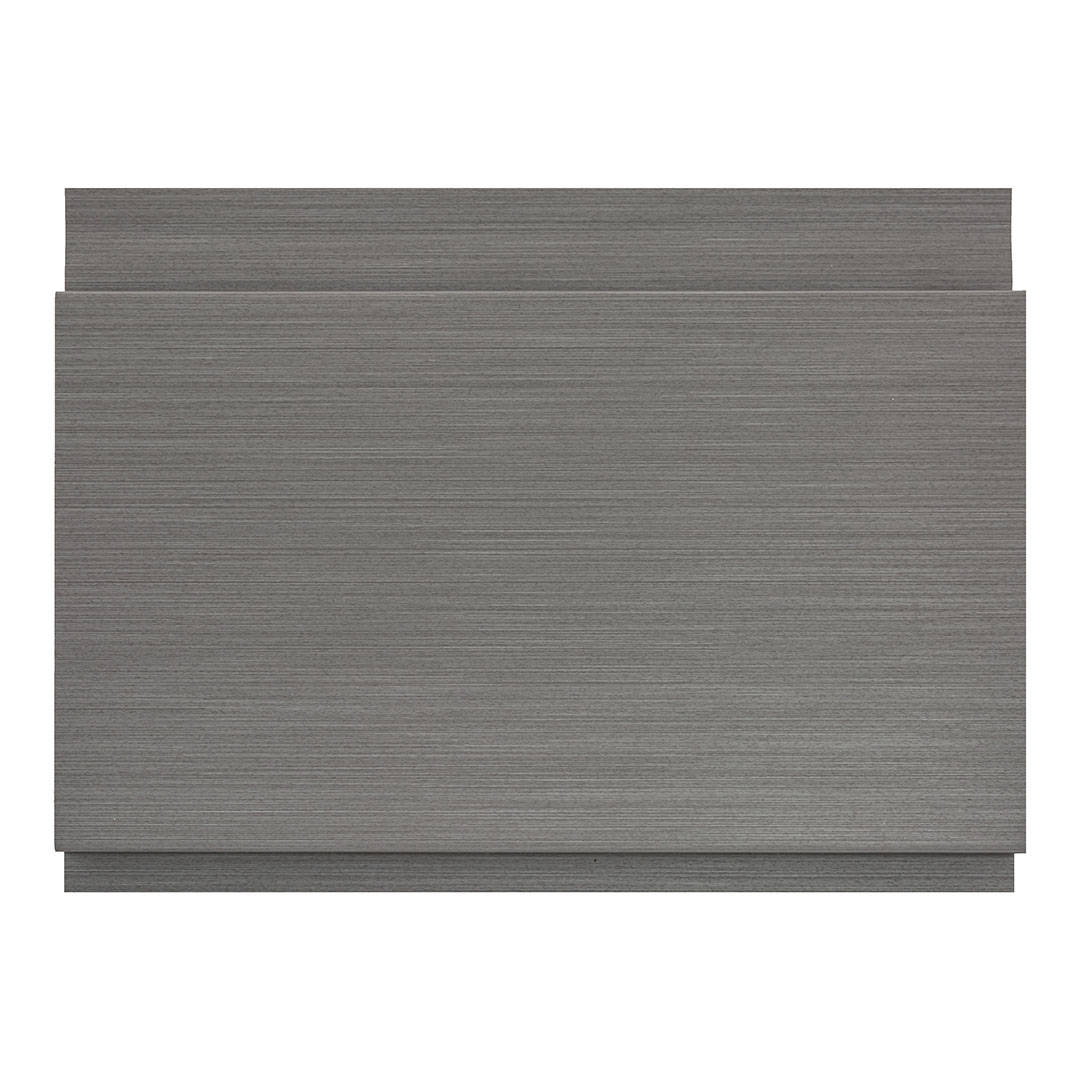
Rivetless Plate
A super durable system that can withstand higher wind loads, ideal for large, monolithic exterior panels. The panels are rivetless with a double return, offering clean lines because of the concealed fasteners. Pictured: Long Beach Exchange, Whole Foods Denver
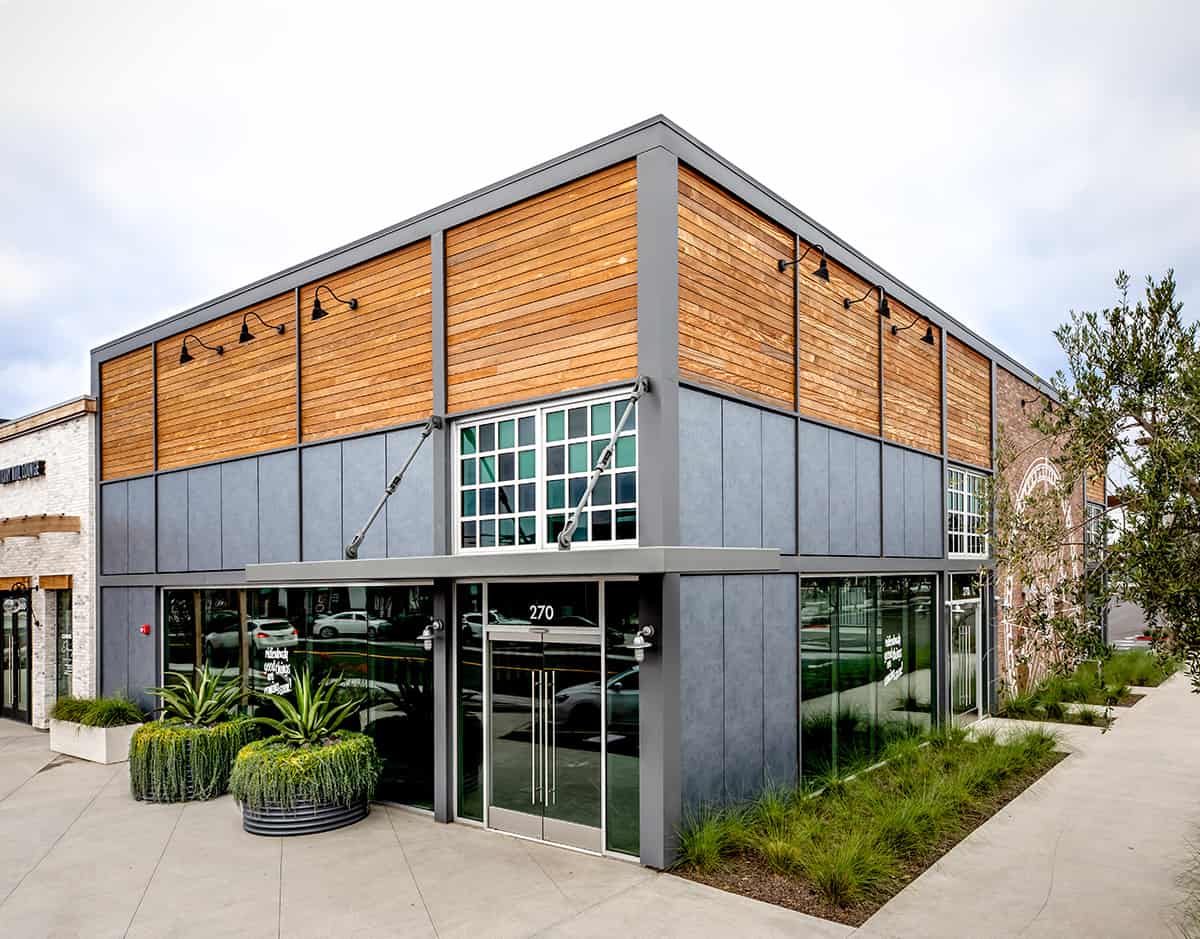

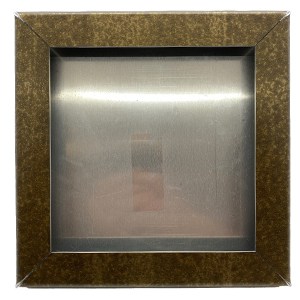
Wet Seal Plate
A barrier system, partnering well with glazing systems where the panels touch the window glass making it ideal for storefronts, entryways, and canopies. Pictured: Macy’s Brooklyn, West Elm Providence
